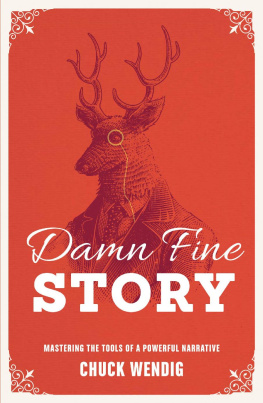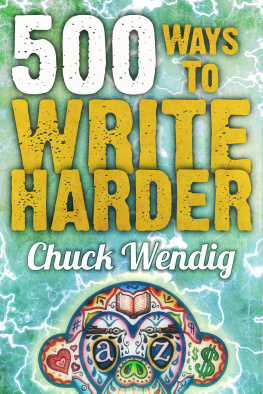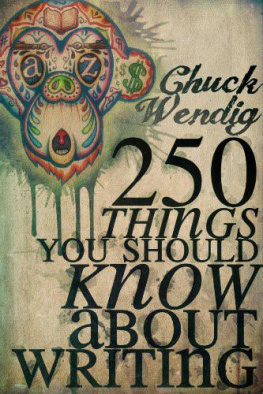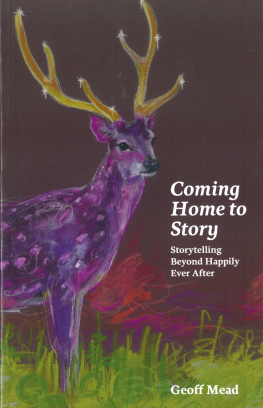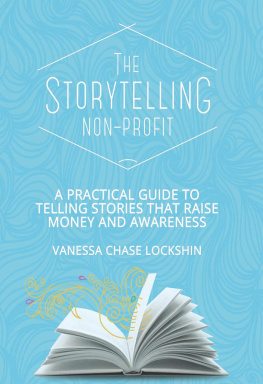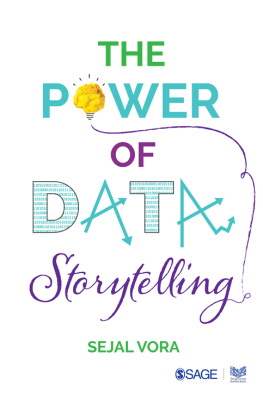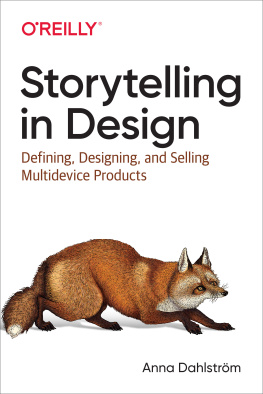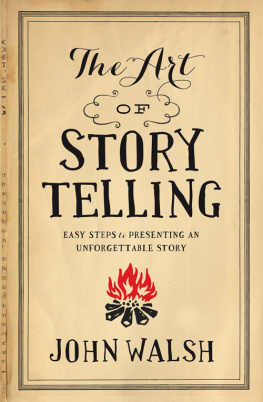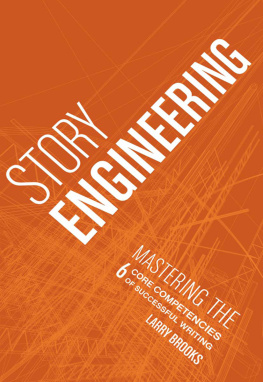Damn Fine
STORY
CHUCK WENDIG

WritersDigest.com
Cincinnati, Ohio
DEDICATION
To Margaret Atwood, for being kind enough to diminish her own literary legacy in recommending my foul-mouthed blog and unsavory writing advice to those who ask.
And to my father, who is the blood and beating heart of not only a lot of the stories in this book, but also of why I tell stories in the first damn place.
TABLE of CONTENTS

INTRODUCTION
My father never read a book. At least, I never saw him read one. He had books on his shelves, mostly books about cowboys and a lot of books about guns (price guides, catalogs, gunsmithing and reloading manuals). But that was it. I never saw him sit down and read a book the way most of you doand the way I certainly do every day.
He never read a book, but he always told stories.
Every day, a story to tell. Some were new stories, like the one he told after he had played a prank on a co-worker: The guys at the plant always bought lottery tickets, right? Dreams of a bigger future and all that. One of the guys came to my dad and asked him to read off the winning lottery numbers to compare to his ticket. As he read those numbers off and they matched, one by one, the eyes of his co-worker (who well call Dave) grew bigger and bigger with every number, until the time came when he realized hed won. Hed won it all. The big prize, the epic payout. And already he started conspiring about who hed not give money to, what hed buy, what it would be like to be a man of great wealth. Hed tell them to screw this job to hell, and hed walk right outta there, goddamnit
Of course, my father already knew Daves numbers, having snuck a look at the mans tickets in advance, and was able to list those numbers off one by onehis poker face not giving any tells to the fact he was pranking the poor bastard. So, eventually, Dave realized what was happening and ha ha ha, poor Dave, who was no longer going to screw this job, who wouldnt get the chance to cut out greedy relatives, who wouldnt learn what it was to be a man of great wealth after all.
Sometimes the stories were older stories.
Like the time he caught fire.
Or the other time, where he got into a huge riot-sized fight at a Phillies game.
Or about the time he lost his pinky finger.
Most of that finger was indeed gone, missing down below the middle knuckle. The stub had two black dots like a pair of little eyes looking up from its center. Way Dad told it was this: He was operating a log-splitter, and one log crashed into another log, with his pinky caught between them. It mashed his pinky to a red paste.
Now, if I did that, Id likely spend a lot of time rolling around on the ground and screaming, but my fatherstoic as a carpentry nailidolized John Wayne, so he just saddled himself up into his pickup and drove off to the hospital.
As the story goes, he went into the hospital and saw the doctor, and the doctor said, That finger has to go. No saving it. It wasnt Play-Dohyou couldnt sculpt it into something finger-shaped and call it a day. (Maybe nowadays you could, but this was in the 1970s.) My father, notoriously thrifty, wanted to know the cost of said finger-removal service. The doctor told him, and he found that price unacceptable. He was a practiced haggler, but even he knew you couldnt really haggle with the hospital.
Hold on, he told the doc. Then he walked out of the room, out of the hospital, and to his truck. He pulled out a toolbox from the back of the truck, and from that toolbox he procured a pair of bolt cutters.
And then he cut his own pinky off.
After that, he walked back into the hospital and had them do the restbandaging, cauterizing, whatever. He paid a lesser bill, having done the hard work for them. Then he went home and got back to work.
This is merely a sampling of his stories. Every day, he told some kind of story just like we all do. He might tell us what happened on the way home from work; something his own father did; that time he jumped a creek bed in a snowmobile with my mother riding on the back, and they flipped and somehow didnt get a scratch on them; that time he got lost in the Colorado wilderness while hunting an elk. On and on, story after story.
And they were riveting.
He knew the cadence of storytelling. He had a feel for hooking you with the promise of something interesting, and then there was always a little twist, a little turn. He presented the tales just right, just so, like the perfect bowl of porridge in the bear cottage. He didnt keep you waiting too long, but he didnt blurt it all out, either. My father had a natural sense of how narratives rise and fall, and how to keep his audience interested.
Dad knew how to tell a damn fine story.
This is not a book of writing advice.
Its not here to help make you a better writer. Rather, its here to help you become a better storyteller.
Nothing wrong with writing advice. It is necessary to know where the comma goes, and how sentence construction works to create pace and rhythm, and how to know the rules in order to break them and to break the rules in order to know why we needed them in the first damn place. Writing is a vital, elegant mechanismbut its not the reason we do what we do, or at least not most of us. Writing isnt just for the pretty words, or for the well-constructed sentences, or for the way the poetry of it looks in our minds eye and sounds in our minds ear. Writing is a means to an end.
Writing is a delivery system.
And what it delivers is, in part, stories. Writing can deliver truth and lies, it can deliver ideas, it can transmit dreams and nightmares, but, for our purposes, for the creation of fiction, it conveys all these things through story. Writing is a craft-driven procedure with rules, though certainly it has a lot of flexibility built in.
Storytelling is a whole different animal and demands different butchery. Its art as much as craft. Its intuition more than law. Writing is a road we build, but storytelling is a riverits bendy and strange and hard to predict. Its natural, too, part of our psychic and social landscape. Its why we sometimes feel like our stories and the characters in those stories are not precisely in our control, like we are no more than an antenna receiving narrative signals from some funky tale-spinning trickster god out there in the galaxy. We speak of inspiration and muses like theyre exterior forces and were just their puppets. The truth is far more crass and crafty, I find: If you wait for inspiration to show up, youll never get the work done. Sometimes you just have to start telling the story. The act of writing, of telling the tale, is also the act of laying traps. And it is in these traps that we capture our muses. In other words, we capture them, they dont capture us.
Ive had the good fortune in my career to have written across a variety of media. Ive written a bunch of books, some comics, a handful of film and TV scripts (including a short film that premiered at Sundance and a digital narrative called Collapsus). Each of these formats presents story in its own persnickety way. Film has its half-bullshit, half-not-bullshit three-act structure. TV has multiple acts based on the number of commercial breaks punctuating the tale, and ending those acts is a practice of fish-hooking the viewer so they stay through, and return

